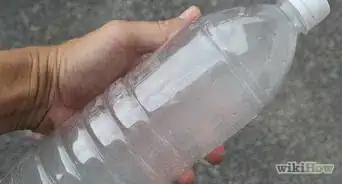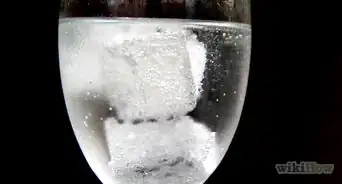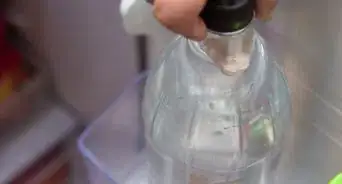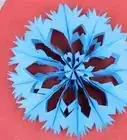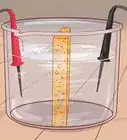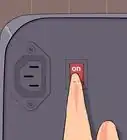This article was co-authored by Bess Ruff, MA. Bess Ruff is a Geography PhD student at Florida State University. She received her MA in Environmental Science and Management from the University of California, Santa Barbara in 2016. She has conducted survey work for marine spatial planning projects in the Caribbean and provided research support as a graduate fellow for the Sustainable Fisheries Group.
This article has been viewed 119,995 times.
Have you ever wanted to keep a snowflake that will never melt, even when held in your hand, or placed under a sweltering sun on a hot, summer's day? With some microscope slides and glue, you can do exactly that. You can simply preserve it as a memory of that day's snowfall, start a collection of unique specimens, or just do as a fun and memorable activity with family and friends!
Steps
Preserving with Superglue
-
1Gather the necessary materials. In order to preserve a snowflake, you will need a microscope slide with a coverslip, liquid superglue, a small paintbrush, a magnifying glass, and a dark cloth or piece of cardboard. You will also need a snowy day![1]
- Microscope slides and coverslips can be purchased online.
- The superglue must the liquid type. Gel superglue will not work for this.
- The small paintbrush is optional, but it does make it easier to manipulate the snowflakes without breaking them.
- Go snowflake hunting during a light snowfall; you are more likely to find unbroken, larger specimens as opposed to snowflakes ravaged in a snowstorm.
-
2Chill the slide, paintbrush, and super glue in the freezer. In order to prevent the snowflake from melting on contact with the slide, paintbrush, or glue, you must chill them in the freezer before use. You want all 3 to be very cold to keep the snowflake intact.[2]
- Chill them in the freezer for 30 minutes.
- Chill the super glue right in its original container.
- Avoid chilling the super glue for more than 30 minutes as it will freeze and then you will have to wait for it to thaw again.
Advertisement -
3Collect snowflakes. Once supplies are readied, go outside and find a cold, smooth surface free of snow. You can wipe off part of a table or even a small patch of concrete on the ground. Place the cardboard on the surface and set the slides and super glue down nearby. Let snow collect on the cardboard and examine the flakes with the magnifying glass.[3]
- Choose the snowflakes you would like to preserve and use the paintbrush to sweep away the ones you don’t want.
- Try to use larger snowflakes as specimens since the detail is more pronounced.
-
4Transfer the snowflake to the microscope slide. Using the paintbrush, pick up the snowflake and brush it onto the microscope slide. Position it where you would like. You can add more than one snowflake to each slide.[4]
- Handle the glass slides near the edges and avoid touching the surfaces directly. Handling the face of the slides too much could cause the glass to warm up.
- If the snowflakes are melting, the day may be too warm. Days that are well below freezing are better for preserving the snowflakes.
-
5Squeeze a drop of superglue on top of the snowflake. After you have acquired enough snowflakes for your liking, add a small drop of superglue to the center of each snowflake and immediately place the cover slide on top of the snowflakes pushing down very, very, gently.[5]
- Handle the thin cover-slips carefully as they have sharp edges and are fragile.
-
6Store the slides in a freezer for at least 48 hours. Keeping the slides in the freezer allows the super glue to dry around the snowflakes while they are still frozen. Place the slides in a location where they won’t be bumped or broken.
- Note that it can take up to a week for the superglue to dry in the freezer. To be safe, leave them in for the whole week.[6]
- Tell your family to be careful when they open the freezer to not break your slides.
- Once the glue has dried, you can remove the slides from the freezer and examine the snowflakes under a microscope!
Using a Spray Adhesive
-
1Gather the necessary materials. This method is similar to the one above, but instead of using superglue, you will use a spray adhesive such as hairspray or plastic spray (Krylon spray coating). For this method, you will need microscope slides, hairspray or plastic spray (either will work), some toothpicks, a magnifying glass and a cold, snowy day.[7]
- Microscope slides can easily be purchased online.
- A light snowfall on a cold day are the best conditions to preserve a snowflake.
-
2Chill the microscope slide and spray adhesive. To avoid melting the snowflake when it comes in contact with the slide and spray, you need to chill them before use. If it’s really cold outside, you can just put the supplies outside for at least 30 minutes.
- You can also place the slide and the spray in the freezer for 30 minutes.
-
3Spray the slide with the plastic spray. Lightly spray one side of the slide with the plastic spray. Spray enough so that there is a thin coat on the slide, about 1-2 seconds of spray. If you add too much, the liquid could melt the snowflake before it dries.[8]
- If you spray too much on the slide, put that slide aside and try again with a new one.
-
4Catch snowflakes on the coated slide. With the slide lightly coated, it will be quite sticky. As the snow falls, hold the slide out and catch some snowflakes on it. Put your hand above the slide once you have the flakes that you want so the slide doesn’t get overcrowded.
- You can use a toothpick to reposition the snowflake on the slide as you’d like.[9]
-
5Add another light coat of plastic spray. Keep the snowflake slide in a cold location and lightly spray it with another coat of plastic spray. This will seal the snowflake in place. The snowflake itself will melt, but as it melts the shape of the snowflake will be imprinted in the plastic spray.[10]
- Let the adhesive dry in the cold.
-
6Examine the snowflakes with a magnifying glass. Once the adhesive has dried you can look at the snowflakes with a magnifying glass to see their detail. Each snowflake will look different and have a different structure. Compare the different snowflake shapes.
- Your snowflake will now be preserved forever. The slide is delicate so be careful not to break it.
Warnings
- Dress warmly in appropriate winter clothing as with any outdoor activity.⧼thumbs_response⧽
References
- ↑ https://scoutlife.org/hobbies-projects/projects/170607/how-to-preserve-a-snowflake/
- ↑ http://www.sciencefriday.com/articles/how-to-collect-preserve-and-make-snowflakes/
- ↑ https://scoutlife.org/hobbies-projects/projects/170607/how-to-preserve-a-snowflake/
- ↑ https://scoutlife.org/hobbies-projects/projects/170607/how-to-preserve-a-snowflake/
- ↑ https://www.sciencefriday.com/articles/how-to-collect-preserve-and-make-snowflakes/
- ↑ https://scoutlife.org/hobbies-projects/projects/170607/how-to-preserve-a-snowflake/
- ↑ https://www.espsciencetime.org/SnowflakeStudies.aspx
- ↑ https://www.espsciencetime.org/SnowflakeStudies.aspx
- ↑ http://www.sciencefriday.com/articles/how-to-collect-preserve-and-make-snowflakes/
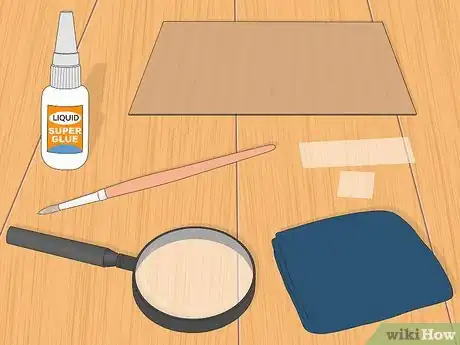
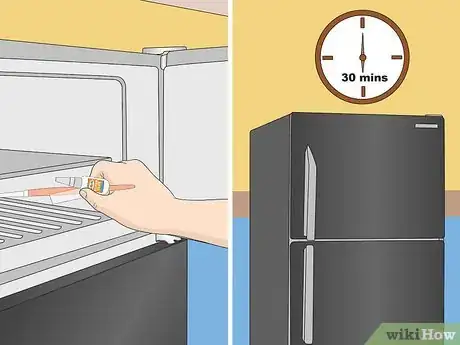
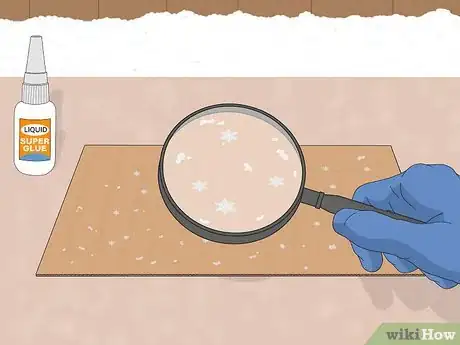
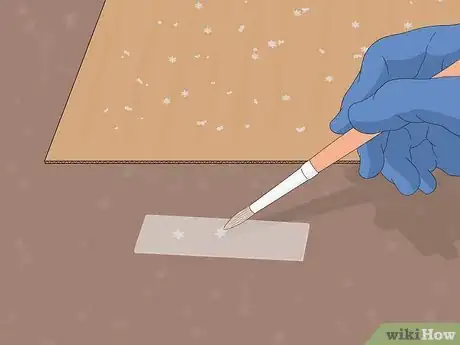
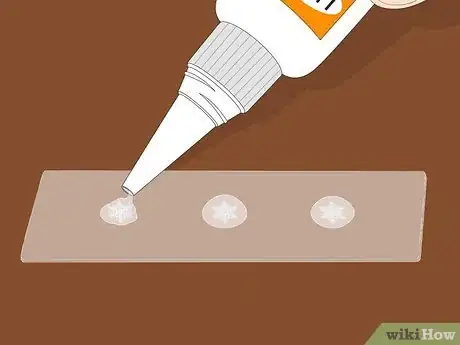
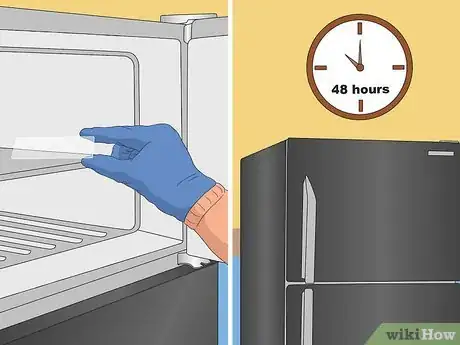
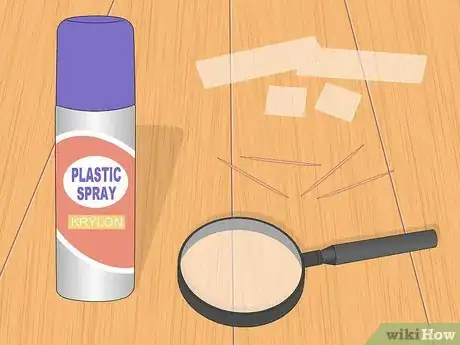
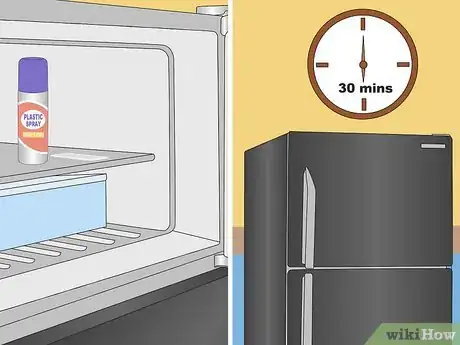
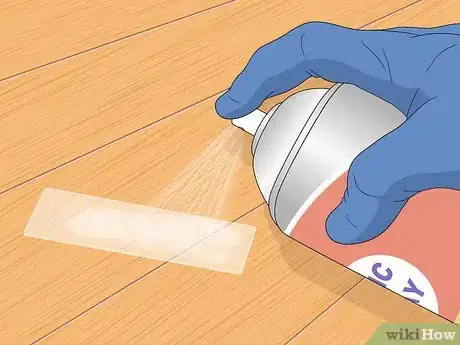
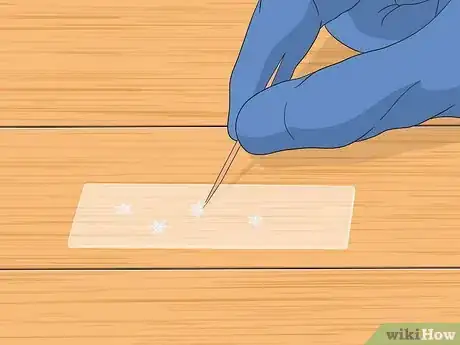
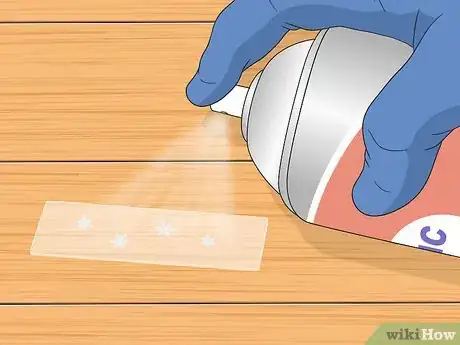
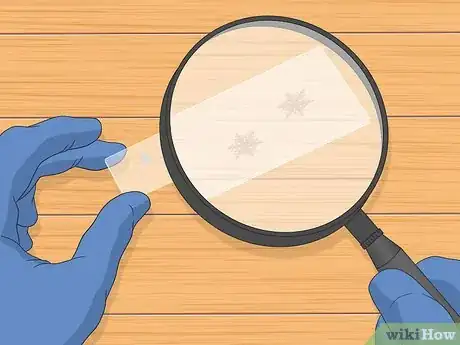
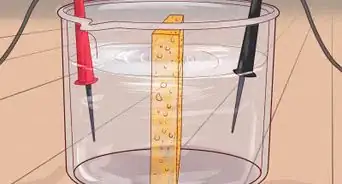
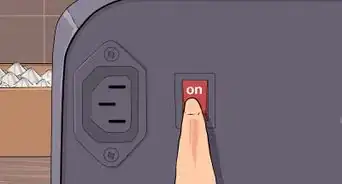
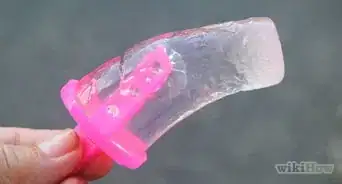

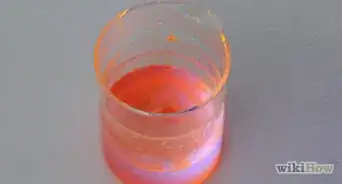
-Step-15.webp)
